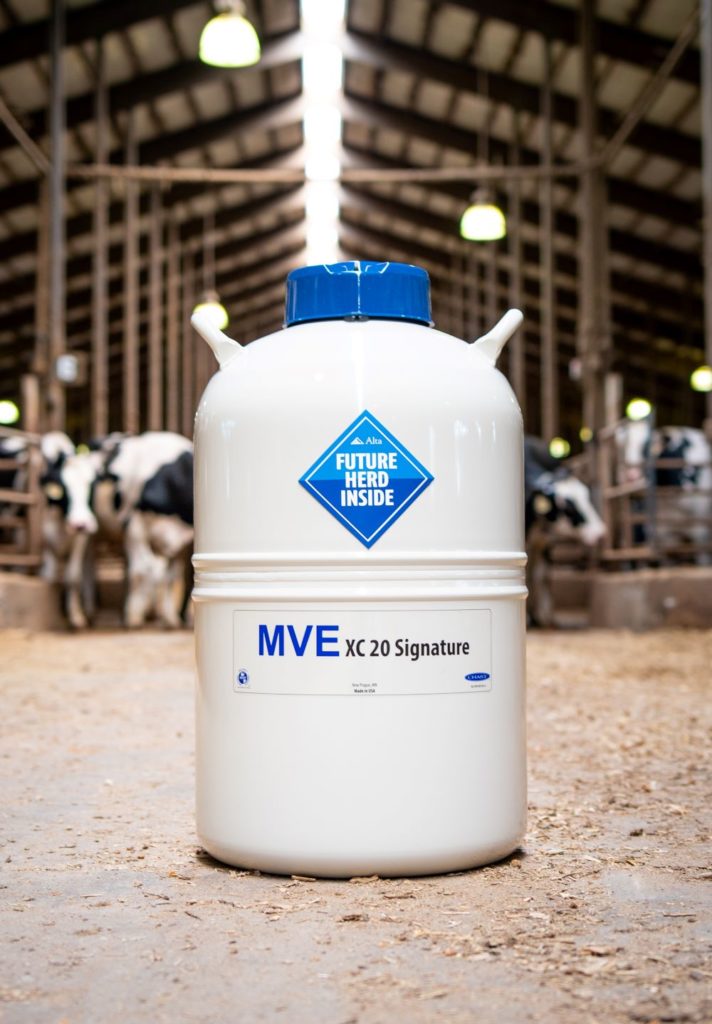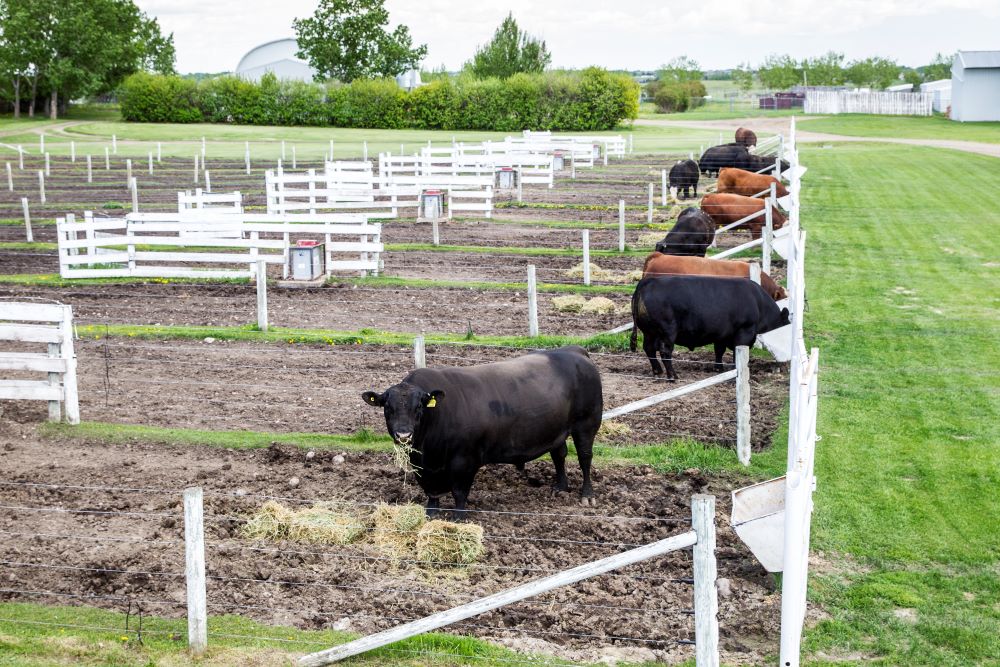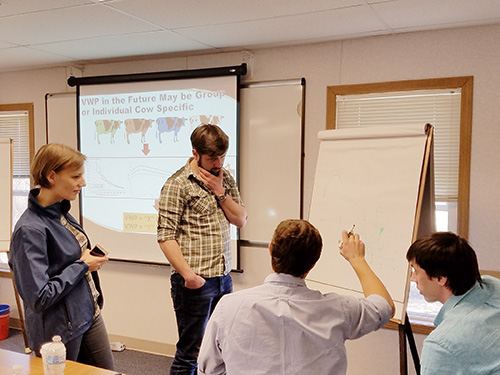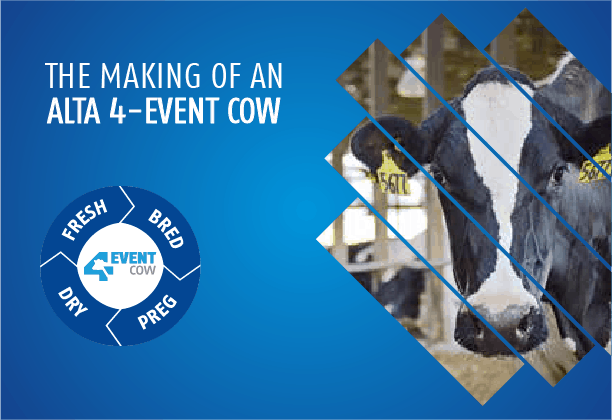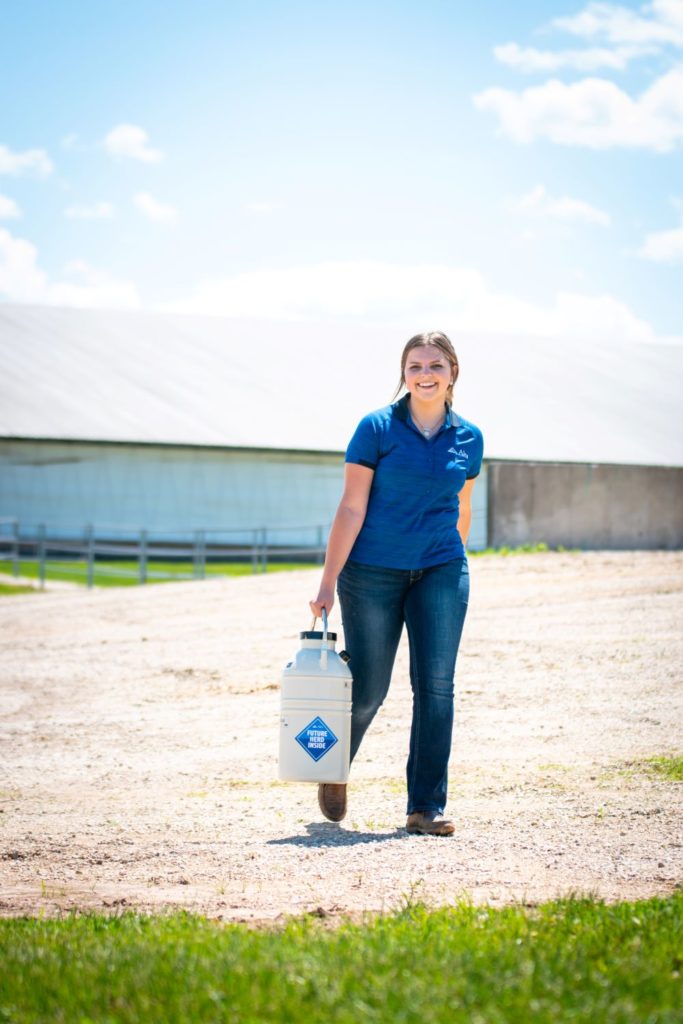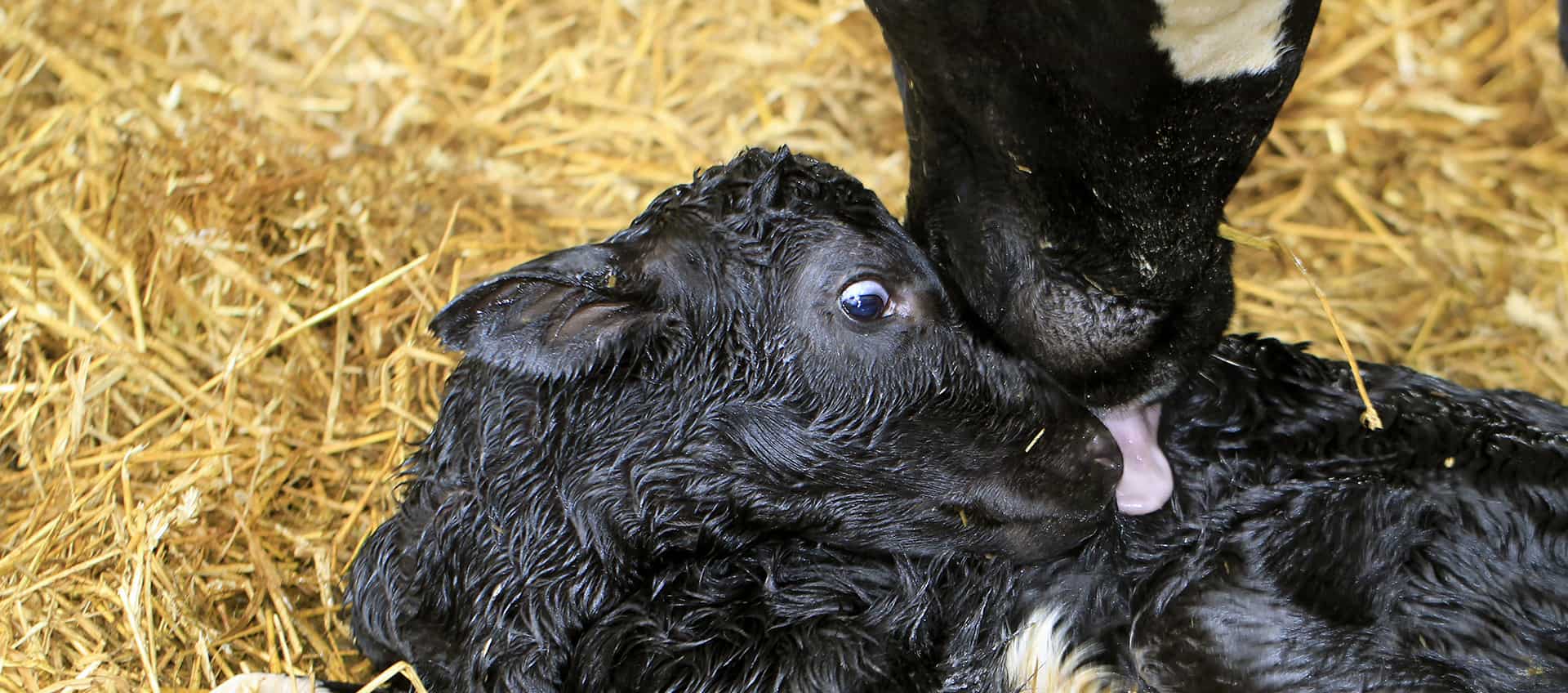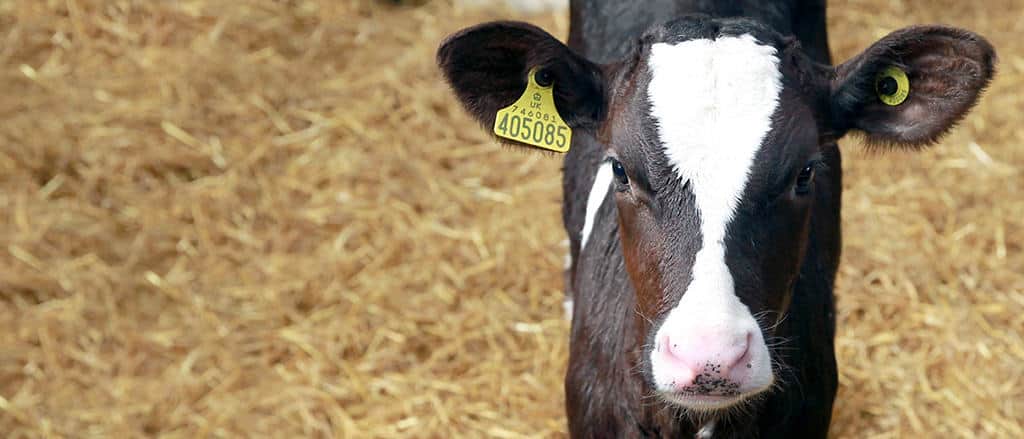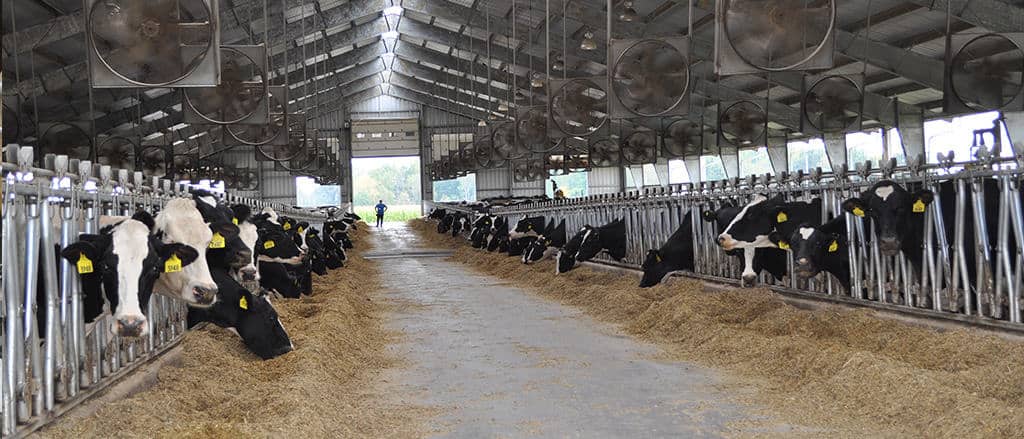As part of April 2019 the Council on Dairy Cattle Breeding (CDCB) is releasing a newly evaluated trait: Early First Calving (EFC).
Because genetics and management both play a role in heifer development, having the ability to select for animals that calve in earlier can help increase your herd’s profitability.
Heifer rearing accounts for 15-20% of the total cost of milk production. This includes feed, housing, labor, and health care costs. Raising a heifer can cost an estimated $2.50 a day to raise a heifer. So decreasing the age at first calving can add up to substantial savings. Another factor to consider is how the age at first calving affects the heifer’s income after she joins the milking herd.
Early First Calving will be expressed as age in days at first calving.
Animals expected to transmit genetics that decrease the age at first calving will have a positive EFC value, because calving younger is seen as more beneficial. Animals transmitting genetics that increase the age at first calving will have a negative EFC value, because calving at an older age is less beneficial.
If you’re looking to select for EFC as part of your genetic plan, here’s what you’ll see. A bull with a PTA of +2 days for EFC has genetics estimated to reduce his daughter’s age at first calving by two days compared to a bull with a PTA of 0 for EFC. The heritability of EFC is low, at 2.3%. The average reliability for young genotyped Holsteins is about 66% and for Jereys, it’s about 51%.
As with the release of any new trait, it’s important to keep your herd’s current situation and future goals in mind. Ask yourself how you’re paid for milk, why cows leave your herd, and what type of cows fit your environment in order to emphasize only the traits that will most affect your farm’s bottom line.

